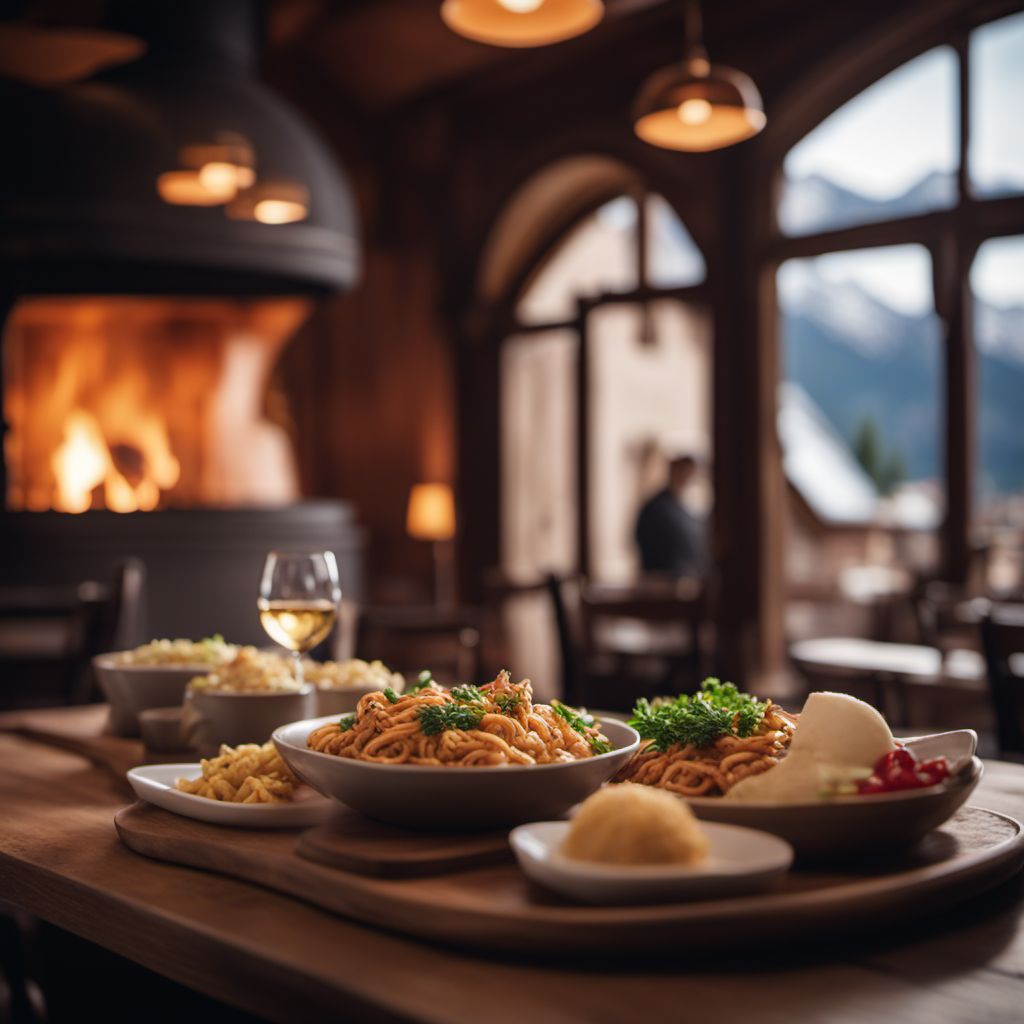
Cuisine
Alpine cuisine
Alpine cuisine is characterized by its use of hearty ingredients such as potatoes, cheese, and cured meats. It also features a variety of game meats, such as venison and wild boar. Alpine cuisine is known for its warming, comforting dishes, such as fondue and raclette. The cuisine is also famous for its breads and pastries, such as rye bread and apple strudel.
Typical ingredients
Potatoes, Cheese, Cured meats, Game meats (venison, wild boar), Bread, Pastries, Apples, Pears, Berries, Herbs, Spices
Presentation and garnishing
Alpine cuisine is often presented in a rustic, homey manner, with an emphasis on family-style dining. Dishes may be garnished with fresh herbs or served with a side of bread or potatoes.
Alpine cuisine is famous for its cheese, which is often used in dishes such as fondue and raclette.
More cuisines from this region...
Hungarian cuisine, Slovak cuisine, Polish cuisine, Swiss cuisine, Slovenian cuisine, Austrian cuisine, Czech cuisine, Liechtensteiner cuisine
History
The history of Alpine cuisine dates back to ancient times, when the region was known for its rugged terrain and harsh winters. Over time, the cuisine evolved to incorporate elements of French, Italian, and German cooking. Today, Alpine cuisine is a unique blend of these culinary traditions.
Cultural significance
Alpine cuisine is an important part of the cultural heritage of the Alpine region. It is a way for people to connect with their roots and preserve their traditions. Many Alpine dishes are associated with specific regions or festivals, such as Oktoberfest in Germany or the Fête des Vignerons in Switzerland.
Health benefits and considerations
Alpine cuisine is generally considered to be high in calories and fat, due to its emphasis on hearty, filling ingredients. However, many Alpine dishes are also rich in vitamins and minerals, such as iron and calcium.
Alpine cuisine recipes Browse all »
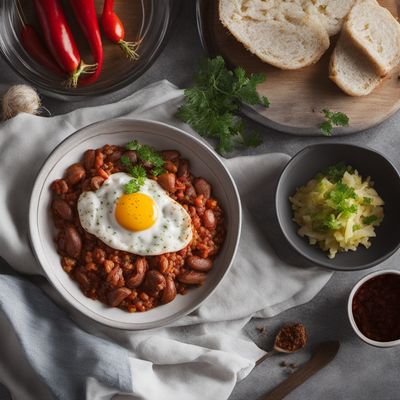
Alpine-inspired Hot and Hearty Breakfast
Mountain Morning Delight: Alpine-inspired Hotsilog

Alpine Green Rice
Mountain Magic: Alpine Green Rice Delight
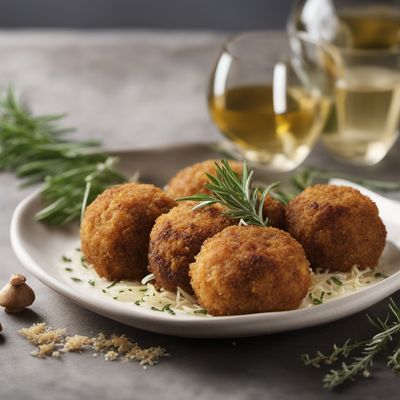
Alpine-inspired Cheesy Mushroom Arancini
Savory Delights: Cheesy Mushroom Arancini with an Alpine Twist

Alpine-inspired Smoked Salmon Lefserull
Mountain Delight: Smoked Salmon Lefserull with an Alpine Twist

Alpine-inspired Rasgulla Delight
Mountainous Rasgulla Bliss: A Sweet Treat with an Alpine Twist

Alpine-inspired Creamy Milk Potatoes
Mountain Delight: Creamy Milk Potatoes with a Twist

Alpine Black Eyed Peas and Rice Delight
Mountainous Fusion: Alpine Black Eyed Peas and Rice
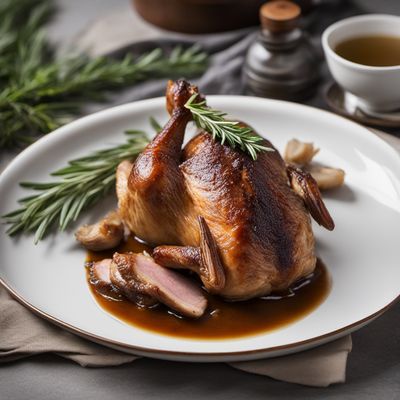
Alpine-style Roasted Duck with Herb-infused Gravy
Savory Herb Roasted Duck: A Taste of Alpine Delight

Alpine-inspired Bakwan Malang
Savory Alpine Fritters: A Fusion of Indonesian and Alpine Delights
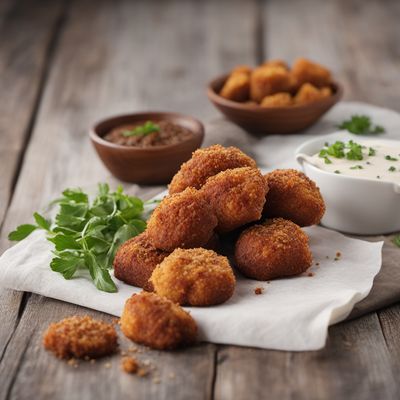
Alpine-inspired Croquettes with Smoked Beef
Savory Mountain Bites: Smoked Beef Croquettes with a Twist

Alpine Spiced Chicken Stew
Mountain Magic: Hearty Alpine Spiced Chicken Stew
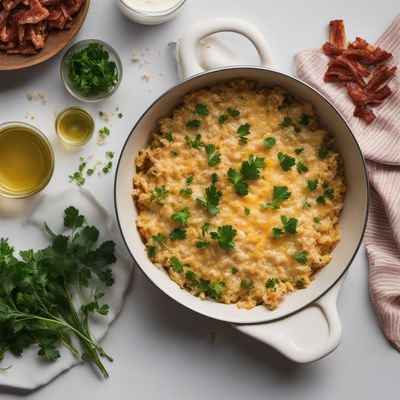
Alpine Migas with Herbed Cheese
Mountain Delight: Alpine Migas with a Cheesy Twist